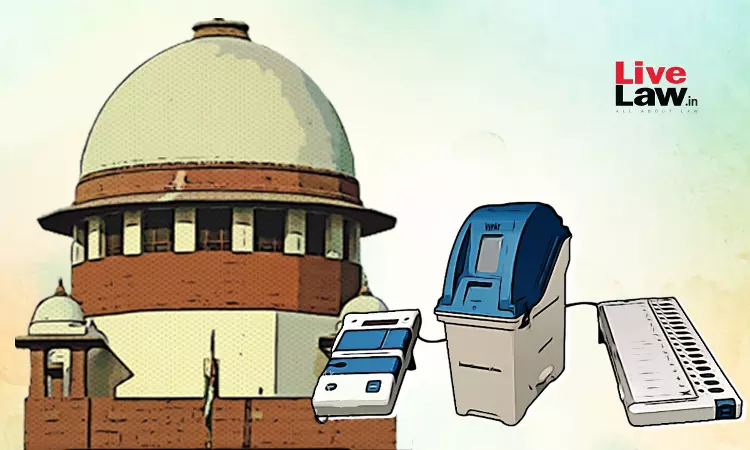- Home
- /
- Supreme court
- /
- Explainer | EVM-VVPAT Verification...
Explainer | EVM-VVPAT Verification Issue Before Supreme Court
Debby Jain
6 April 2024 11:20 AM IST
On mentioning of the pleas seeking extensive cross-verification of electronic voting machines (EVM) data against voter-verifiable paper audit trail (VVPAT) records, the Supreme Court clarified on April 3 that the matter will be heard after 2 weeks.The Bench, led by Justice Sanjiv Khanna, initially said that the matter would come up next Tuesday or Wednesday. However, later, the likelihood of...
Next Story



